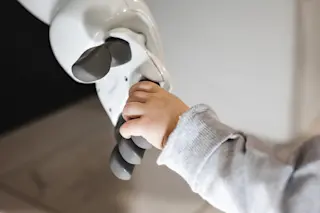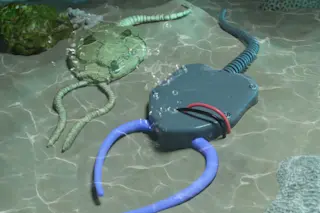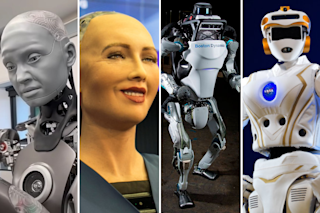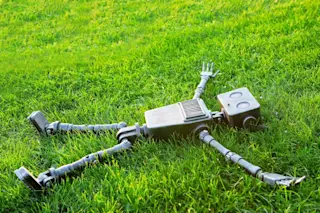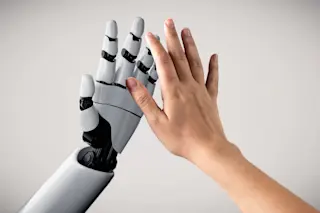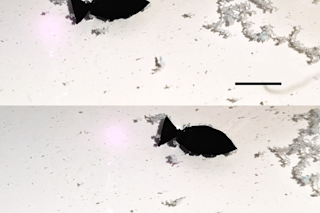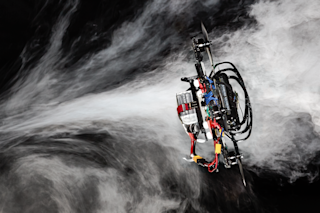For the first few days of his artificial life, after the box from Sony arrived and the batteries were charged, my AIBO robot dog behaved pretty much the way I’d expect a mechanical puppy to behave—he lurched around the house, emitting digital-sounding bleeps of pleasure every time my 2-year-old son petted him on the head. He learned to shake and would reliably sit on command. He ran into the occasional wall, of course, but he never made a mess on the carpet.
Lately, though, he’s been acting strangely. Every now and then, he’ll launch into a canine version of John Travolta’s shuffle from Saturday Night Fever. Or he’ll turn his back to me and say in a perfect governor-of-California accent, “Hasta la vista, baby.”
These behaviors are not part of Sony’s official repertoire for AIBO. Instead, they’re the product of digital-age sharing. The behaviors come from other AIBO owners’ home-brewed ...



